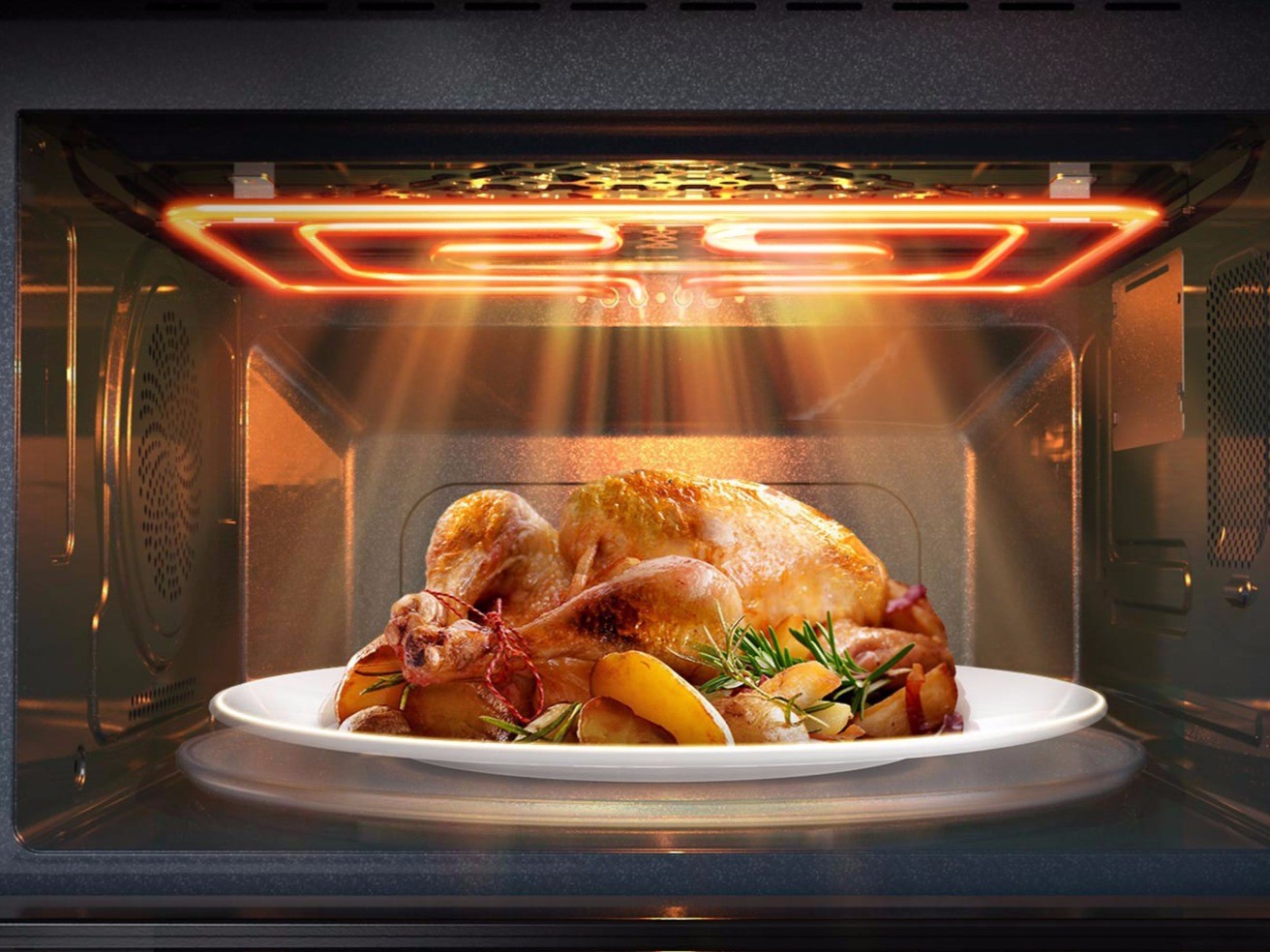By Isaac Atunlute
“Microwaves causes cancer” — It’s a phrase you’ve likely heard whispered in kitchens, circulated in WhatsApp groups, or tossed into casual health debates.
The fear is understandable; cancer is a frightening word. But do microwave ovens really induce cancer?
Microwave ovens use non-ionising radiation to heat food. This type of radiation is fundamentally different from the ionising radiation found in X-rays or nuclear reactors, which can damage DNA and increase cancer risk.
Instead, microwaves emit energy that causes water molecules in the food to vibrate, generating heat. This process cooks food quickly without breaking chemical bonds or altering DNA, making it fundamentally safe.
While the microwave doesn’t pose any cancer risk, the real concern lies in what you put inside it. Reheating food in the wrong containers–like old ice-cream tubs, margarine containers or takeout boxes–can release harmful chemicals into your meal.
The Real Risk
Many of these containers are made with plastics that contain bisphenol A (BPA) and phthalates, which can penetrate the food when exposed to high heat. These chemicals have been linked to hormonal imbalance, reproductive issues and potential cancer risks.
A common mistake
“People just don’t know,” says Taiwo Akintola, a food vendor “I used to warm rice for my kids in take-away boxes until I read something on the internet that said it might be bad.” She has since switched to ceramic plates for reheating.
The U.S. Food and Drug Administration (FDA) recommends using only containers labelled as “microwave-safe,” such as ceramic or BPA-free plastics, to minimise the risk.
Interestingly, microwaves can be one of the healthier ways to cook food. Because they cook quickly and use little or no water, they help retain heat-sensitive nutrients like Vitamin C and folate
Keeping it safe
- Use microwave-safe containers only: Ceramic, glass, or BPA-free plastic
- Avoid disposable plastics.
- Cover your food lightly, but don’t enclose it.
- Reheat in short intervals, not long cycles that overheat the food or plastic
- Replace any container that’s cracked, warped, or stained
Microwaves are not bad. In fact, when properly used, they’re efficient, healthy, and safe. The real risk comes from improper container choices, not the machine itself. It isn’t just what you eat but how you heat it.
The claim that microwaves cause cancer is a common misconception. Microwave ovens use non-ionising radiation, which heats food by causing water molecules to vibrate, without damaging DNA or increasing cancer risk. The radiation used in microwaves is different from the ionising radiation that can increase cancer risk, making the process fundamentally safe.
However, the risk lies in using inappropriate containers to reheat food in microwaves. Containers made of plastics containing bisphenol A (BPA) and phthalates can release harmful chemicals when exposed to high heat, potentially leading to health issues like hormonal imbalances and cancer. It's essential to use microwave-safe containers such as ceramic, glass, or BPA-free plastics to avoid these risks.
The U.S. FDA recommends using only containers labeled as "microwave-safe," and highlights that microwaves can be a healthier cooking method as they preserve nutrients by cooking quickly and with minimal water. To ensure safe microwave use, avoid disposable plastics, cover food lightly, reheat in short intervals, and replace damaged containers. Proper usage of microwaves is safe and efficient, with risks associated primarily with container choices, not the microwave itself.






